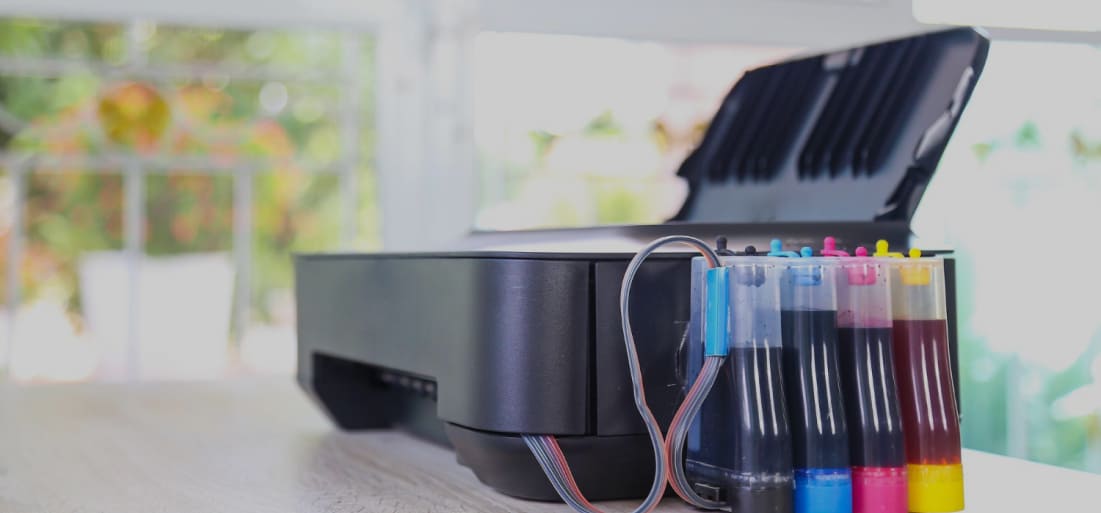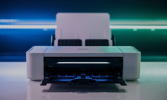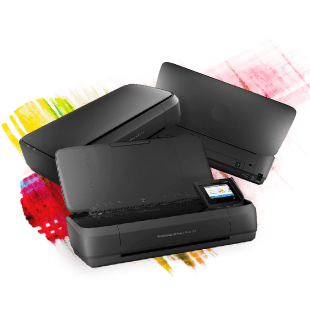
The Difference between High-Yield and Standard Ink
When buying replacement ink cartridges, users are usually offered two choices — regular ink and high-yield cartridges (also called XL or extended capacity cartridges). Although they both serve the same purpose, their price, lifespan, and performance differ. Understanding these differences helps home users and small office owners make smart decisions according to their printing requirements and budget limits.
What is a Typical Ink Cartridge?
Normal ink cartridges are designed for moderate or infrequent printing. They generally contain less ink and have a lower page yield. These cartridges are ideal for people or households who print occasionally, such as for homework, simple documents, or a few photos. The reduced initial cost is appealing for users who want to save money upfront, but frequent replacements can make them more expensive in the long run.
How to Define a High-Yield Ink Cartridge?
High-yield cartridges contain more ink, allowing users to print more pages before needing a replacement. Manufacturers often label these as XL or High Capacity. They are best suited for small businesses, home offices, or individuals who print frequently. Although they cost more initially than standard cartridges, they last longer and generally offer better cost-effectiveness over time.
Cost Comparison Over Time
While regular cartridges are cheaper upfront, they require more frequent replacements, which can increase long-term costs. High-yield cartridges, on the other hand, have a higher initial price but a lower cost per page due to their larger ink capacity. For frequent users, the savings from fewer replacements often outweigh the higher purchase cost.
Suitable Usage Scenarios
Standard cartridges are best for users with low printing volumes — such as home printing or occasional school projects. In contrast, high-yield cartridges are ideal for users who print large quantities regularly, such as business reports, marketing materials, or forms. The choice depends on how often you print and how long you want your cartridge to last before replacement.
Convenience and Environmental Factors
High-yield cartridges are more environmentally friendly since they reduce packaging waste and require fewer disposals. They also provide greater convenience by minimizing interruptions due to running out of ink. These cartridges are particularly useful for users who prefer a more efficient workflow with less maintenance.
Conclusion
The choice between high-yield and standard ink cartridges depends on printing habits and budget preferences. Standard cartridges are suitable for infrequent users who prefer a lower upfront cost, while high-yield cartridges are more efficient for regular or heavy printing due to their longer lifespan and lower cost per page. By assessing printing frequency and long-term needs, users can choose the cartridge type that offers the best balance between cost efficiency and convenience.










